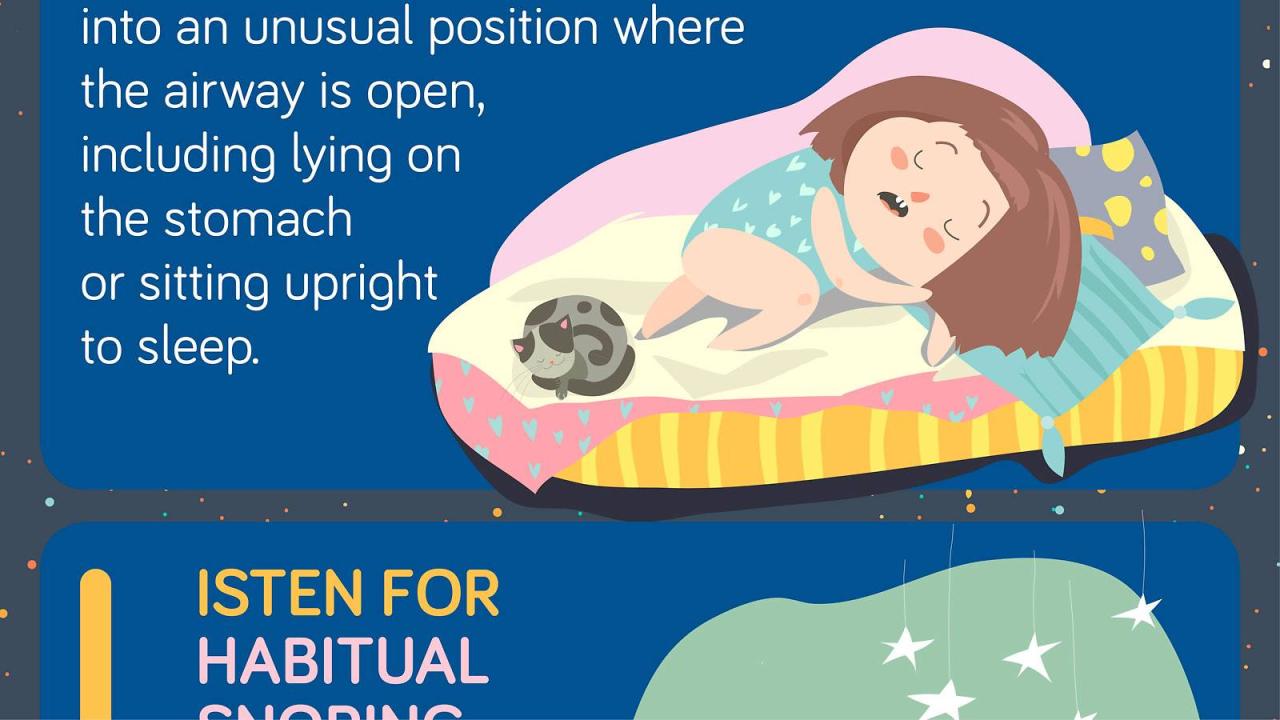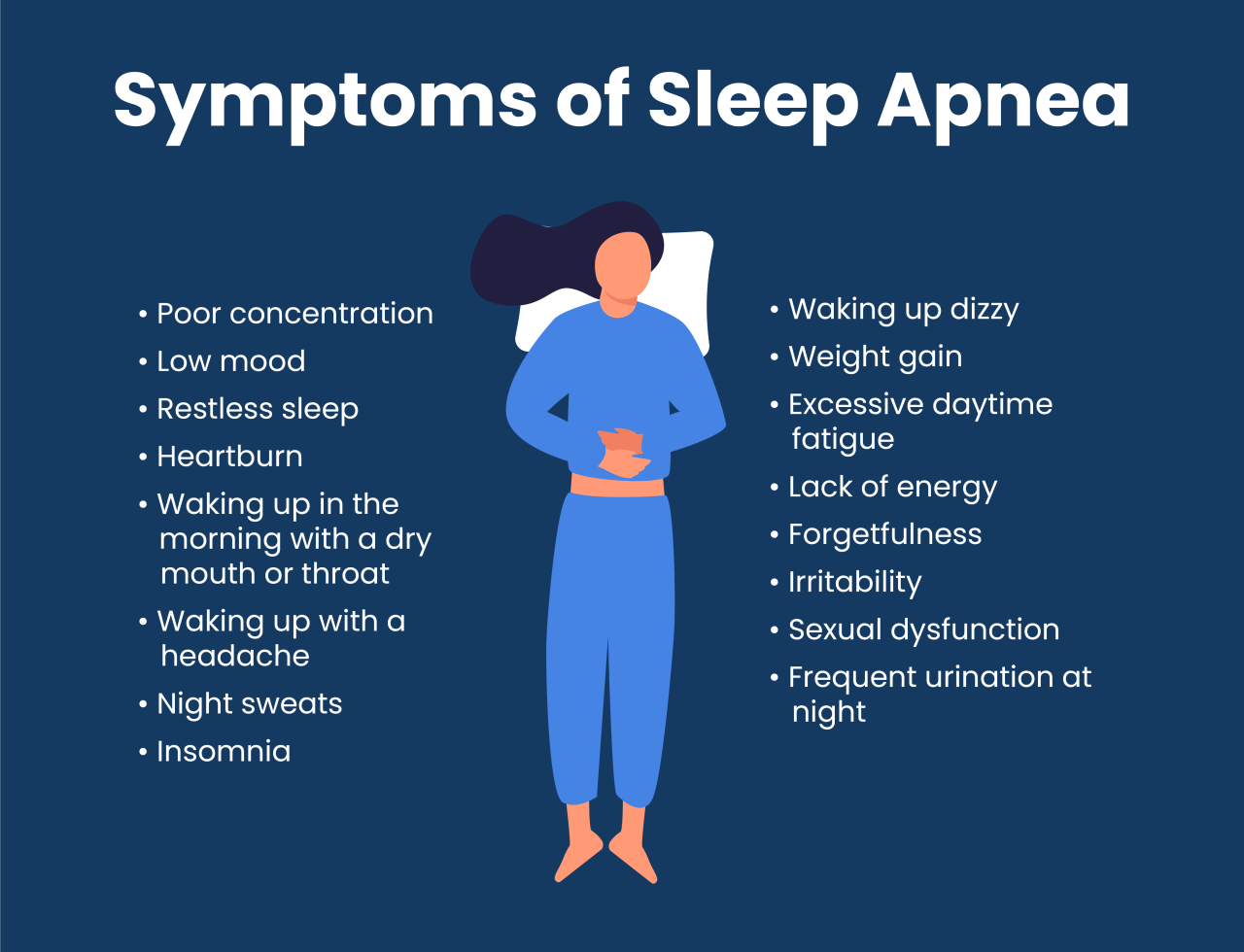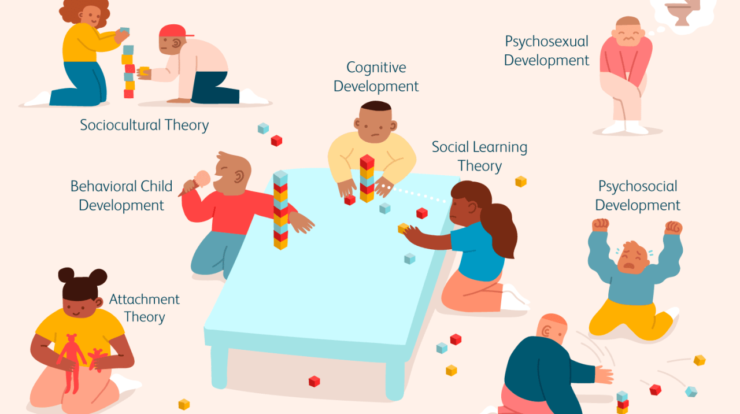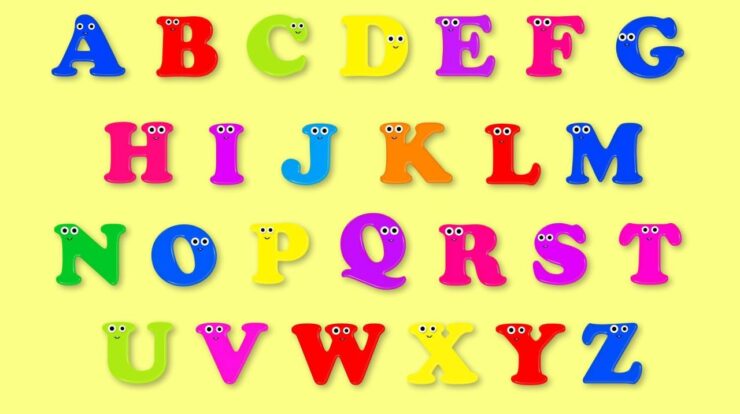Does my child have sleep apnea quiz? This engaging quiz will help you determine if your child is experiencing sleep apnea symptoms. From explaining what sleep apnea is to discussing the impact on a child’s growth and development, this comprehensive guide covers all the essential information you need to know.
What is sleep apnea?
Sleep apnea is a sleep disorder characterized by pauses in breathing or shallow breathing during sleep. These pauses can last from a few seconds to minutes and can occur multiple times throughout the night. This interruption in breathing can disrupt the normal sleep cycle and prevent individuals from getting a restful sleep.Sleep
apnea can be categorized into different types, the two most common being obstructive sleep apnea (OSA) and central sleep apnea (CSA).
Obstructive Sleep Apnea (OSA)
Obstructive sleep apnea occurs when the muscles in the throat and tongue relax too much during sleep, causing a partial or complete blockage of the airway. This blockage leads to a decrease in the amount of oxygen reaching the lungs and an increase in carbon dioxide levels in the body.
The brain then senses this decrease in oxygen and signals the body to briefly wake up in order to reopen the airway. These awakenings are usually so brief that individuals may not even remember them, but they can disrupt the normal sleep pattern.
- OSA is often associated with loud snoring and excessive daytime sleepiness.
- Factors that can contribute to OSA include obesity, smoking, alcohol consumption, and certain anatomical factors such as a thick neck or narrow airway.
- If left untreated, OSA can lead to serious health issues such as high blood pressure, heart disease, and stroke.
Central Sleep Apnea (CSA), Does my child have sleep apnea quiz
Central sleep apnea is less common and occurs when the brain fails to send the proper signals to the muscles that control breathing. Unlike OSA, there is no physical obstruction in the airway. Instead, the brain’s respiratory control center fails to initiate breathing for brief periods during sleep.
- CSA is often associated with medical conditions such as heart failure, brainstem damage, or certain neurological disorders.
- Individuals with CSA may experience difficulty staying asleep, morning headaches, and shortness of breath upon waking.
- If left untreated, CSA can lead to complications such as irregular heartbeat and an increased risk of heart disease.
It is important to note that some individuals may have a combination of both obstructive and central sleep apnea, known as complex sleep apnea syndrome (CompSAS).Sleep apnea is a serious condition that can significantly impact an individual’s quality of life and overall health.
It is important to seek medical attention if you suspect that you or your child may have sleep apnea, as proper diagnosis and treatment can help improve sleep and reduce associated health risks.
What are the symptoms of sleep apnea in children?

Sleep apnea in children can manifest itself through various symptoms. It is important for parents and caregivers to be aware of these signs in order to identify and address the condition early on. Here are some common symptoms to look out for:
Loud snoring
One of the most noticeable symptoms of sleep apnea in children is loud and persistent snoring. This snoring is often accompanied by pauses in breathing or gasping for air during sleep. It is important to note that not all children who snore have sleep apnea, but it can be a potential indicator.
Restless sleep
Children with sleep apnea may also experience restless sleep. They may toss and turn frequently or exhibit unusual sleeping positions. Restless sleep can be a result of the body’s effort to maintain an open airway during sleep.
Daytime sleepiness
Sleep apnea can cause excessive daytime sleepiness in children. They may struggle to stay awake during the day, even after a full night’s sleep. This can impact their ability to concentrate and perform well in school.
Behavioral changes
Sleep apnea can also affect a child’s behavior. They may become irritable, moody, or have difficulty controlling their emotions. Additionally, sleep apnea can contribute to attention problems and hyperactivity, which may be mistaken for other conditions such as ADHD.
Academic performance
The impact of sleep apnea on academic performance is significant. Due to disrupted sleep and excessive daytime sleepiness, children with sleep apnea may have difficulty focusing and retaining information in school. This can lead to poor academic performance and hinder their overall learning experience.It
is important to remember that these symptoms may vary among children and can be influenced by other factors. If you suspect that your child may have sleep apnea, it is crucial to consult with a healthcare professional for a proper diagnosis and appropriate treatment.
How is sleep apnea diagnosed in children?
Sleep apnea in children is diagnosed through a diagnostic process that typically involves a combination of medical history, physical examination, and sleep studies. It is important to consult a healthcare professional for a proper diagnosis as they have the knowledge and expertise to accurately identify and treat sleep apnea in children.During
the diagnostic process, the healthcare professional will first gather information about the child’s medical history, including any symptoms or sleep-related issues they may be experiencing. They will also inquire about the child’s sleep habits and patterns, as well as any underlying medical conditions that could contribute to sleep apnea.Next,
a physical examination may be conducted to assess the child’s airway, tonsils, and adenoids. Enlarged tonsils and adenoids are a common cause of sleep apnea in children and can be identified during the examination.In some cases, the healthcare professional may recommend a sleep study, also known as polysomnography, to further evaluate the child’s sleep patterns and breathing during sleep.
During a sleep study, the child will be monitored overnight using various sensors and devices to measure their brain activity, heart rate, oxygen levels, and breathing patterns. This data helps in diagnosing sleep apnea and determining its severity.Sleep studies can be done either in a sleep laboratory or at home, depending on the child’s specific needs and the healthcare professional’s recommendation.
At-home sleep studies typically involve the use of portable monitoring devices that are less invasive but still provide valuable information for diagnosis.Once the diagnostic process is complete, the healthcare professional will analyze the gathered information and test results to make a proper diagnosis of sleep apnea in children.
They will then develop an appropriate treatment plan tailored to the child’s specific needs, which may include lifestyle changes, medication, or surgical intervention if necessary.It is important to note that the diagnostic process for sleep apnea in children should always be carried out under the guidance and supervision of a healthcare professional.
They have the expertise and resources to accurately diagnose and treat sleep apnea, ensuring the child receives the best possible care for their condition.
Can sleep apnea affect a child’s growth and development?: Does My Child Have Sleep Apnea Quiz
Sleep apnea can have a significant impact on a child’s growth and development. This sleep disorder is characterized by pauses in breathing or shallow breathing during sleep, which can lead to disrupted sleep patterns and a decrease in the amount of oxygen reaching the brain and body.
As a result, sleep apnea can affect both the physical and cognitive development of a child.
Physical Development
Sleep apnea can interfere with the normal growth and development of children. The lack of oxygen during sleep can affect the production of growth hormones, leading to stunted growth and delayed physical development. Children with sleep apnea may experience slower weight gain and have a smaller stature compared to their peers.
Additionally, sleep apnea can cause issues with muscle tone and coordination, making it difficult for children to participate in physical activities and reach their developmental milestones.
Cognitive Development
The interrupted sleep caused by sleep apnea can also have a negative impact on a child’s cognitive development. Sleep is crucial for brain maturation and cognitive function, and the constant disruptions in sleep can lead to daytime sleepiness, difficulty concentrating, and impaired memory.
Children with sleep apnea may experience behavioral problems, poor academic performance, and difficulties with attention and learning.
Potential Long-Term Effects
If left untreated, sleep apnea in children can have long-term effects on their health and well-being. Chronic sleep deprivation can increase the risk of developing other health conditions such as obesity, diabetes, and cardiovascular problems later in life. Additionally, the cognitive deficits caused by sleep apnea can have lasting effects on a child’s educational attainment and overall quality of life.It
is important for parents and healthcare providers to recognize the signs and symptoms of sleep apnea in children and seek appropriate medical intervention. Treatment options for pediatric sleep apnea may include lifestyle changes, such as weight management and positional therapy, as well as the use of continuous positive airway pressure (CPAP) devices or surgical interventions, depending on the severity of the condition.By
addressing sleep apnea in children early on, we can help promote healthy growth and development, improve cognitive function, and prevent potential long-term effects on their overall health.
What are the treatment options for sleep apnea in children?
Sleep apnea in children can be effectively managed through various treatment options. The choice of treatment depends on the severity of the condition, the underlying cause, and the child’s age and overall health. The primary goal of treatment is to ensure the child gets adequate and uninterrupted sleep, allowing their body to rest and develop properly.One
of the main treatment options for sleep apnea in children is continuous positive airway pressure (CPAP) therapy. This involves wearing a mask over the nose or mouth during sleep, which delivers a continuous flow of air to keep the airway open.
CPAP therapy helps to prevent the collapse of the airway and allows the child to breathe normally throughout the night. It is a highly effective treatment and is often recommended for moderate to severe cases of sleep apnea.Surgery may be considered as a treatment option for children with sleep apnea if other treatments have not been successful or if the condition is caused by structural issues in the airway.
The specific type of surgery will depend on the underlying cause of the sleep apnea. Adenotonsillectomy, the surgical removal of the tonsils and adenoids, is a common procedure for children with obstructive sleep apnea caused by enlarged tonsils and adenoids.
Other surgical options include nasal surgery to correct nasal blockages, jaw surgery to reposition the jaw, or tracheostomy in severe cases.In addition to medical interventions, lifestyle changes can play a significant role in managing sleep apnea in children. Weight management is crucial, as excess weight can contribute to airway obstruction.
Encouraging regular exercise and a healthy diet can help children maintain a healthy weight and reduce the severity of sleep apnea symptoms. Establishing good sleep hygiene practices, such as sticking to a regular sleep schedule, creating a comfortable sleep environment, and avoiding caffeine and electronic devices before bedtime, can also improve sleep quality for children with sleep apnea.It
is important for parents and caregivers to work closely with healthcare professionals to determine the most appropriate treatment plan for their child. Regular follow-up appointments and monitoring are essential to ensure the effectiveness of the chosen treatment and make any necessary adjustments.
The Importance of Lifestyle Changes
Lifestyle changes, such as weight management and sleep hygiene, are crucial components of managing sleep apnea in children. By promoting a healthy lifestyle, parents can help improve their child’s sleep quality and reduce the severity of sleep apnea symptoms.
- Weight Management:Excess weight can contribute to the obstruction of the airway, making sleep apnea symptoms worse. Encouraging regular exercise and a balanced diet can help children maintain a healthy weight, reducing the risk of complications associated with sleep apnea.
- Sleep Hygiene:Establishing good sleep hygiene practices can significantly improve sleep quality for children with sleep apnea. This includes sticking to a regular sleep schedule, creating a comfortable sleep environment, and avoiding stimulating activities, caffeine, and electronic devices before bedtime.
By incorporating these lifestyle changes alongside medical interventions, parents can provide comprehensive care for their child’s sleep apnea and enhance their overall well-being.
How can parents help their child with sleep apnea?
Sleep apnea can be a challenging condition for both children and their parents. However, there are several ways parents can support their child with sleep apnea and help them manage their symptoms effectively.Creating a sleep-friendly environment:It is essential to create a comfortable and conducive sleep environment for your child.
Make sure their bedroom is quiet, dark, and at a comfortable temperature. Remove any distractions such as electronic devices and ensure their mattress and pillows are comfortable and supportive.Establishing a consistent bedtime routine:A consistent bedtime routine can help signal to your child’s body that it is time to wind down and prepare for sleep.
Establish a regular sleep schedule and ensure your child follows the same routine every night. This may include activities such as taking a warm bath, reading a book, or listening to calming music.Encouraging healthy sleep habits:Promote healthy sleep habits by encouraging your child to engage in regular physical activity during the day.
Limit their intake of sugary and caffeinated beverages, particularly in the evening. It is also important to discourage napping too close to bedtime, as it can interfere with nighttime sleep.Open communication with healthcare professionals:Maintaining open communication with your child’s healthcare professionals is crucial.
Keep them informed about your child’s symptoms, any changes in their sleep patterns, and the effectiveness of the treatment plan. This will allow the healthcare team to make any necessary adjustments to ensure your child’s sleep apnea is well-managed.Following treatment plans:Adherence to the recommended treatment plan is vital for managing sleep apnea in children.
This may involve the use of continuous positive airway pressure (CPAP) therapy, oral appliances, or lifestyle modifications. Work closely with your child’s healthcare team to ensure proper implementation of the treatment plan and address any concerns or difficulties your child may have.By
creating a sleep-friendly environment, establishing a consistent bedtime routine, encouraging healthy sleep habits, maintaining open communication with healthcare professionals, and following the recommended treatment plan, parents can play a significant role in helping their child manage sleep apnea effectively.
Are there any complications or risks associated with sleep apnea in children?

Sleep apnea in children can lead to various complications and risks if left untreated. It is important for parents to be aware of these potential issues and seek early intervention and management. Here are some of the complications and risks associated with sleep apnea in children:
Cardiovascular Problems
Untreated sleep apnea can have a negative impact on a child’s cardiovascular health. The repeated pauses in breathing during sleep can cause a decrease in oxygen levels, leading to increased blood pressure and strain on the heart. Over time, this can contribute to the development of cardiovascular problems such as high blood pressure, heart disease, and stroke.
Behavioral Issues
Sleep apnea can also affect a child’s behavior and overall quality of life. Due to disrupted sleep patterns and inadequate rest, children with sleep apnea may experience excessive daytime sleepiness, difficulty concentrating, irritability, and mood swings. These behavioral issues can impact their academic performance, social interactions, and overall emotional well-being.
Impaired Growth and Development
Sleep is crucial for a child’s growth and development. However, sleep apnea can interfere with this process. The lack of quality sleep can disrupt the release of growth hormones and affect the body’s ability to repair and regenerate tissues. As a result, untreated sleep apnea in children may lead to delayed physical growth, cognitive impairments, and developmental delays.
Other Potential Risks
In addition to cardiovascular problems, behavioral issues, and impaired growth and development, untreated sleep apnea in children may also increase the risk of other health problems. These can include obesity, metabolic disorders, insulin resistance, and even an increased likelihood of accidents or injuries due to daytime sleepiness and impaired cognitive function.Early
intervention and management of sleep apnea in children are crucial to prevent these complications and risks. Parents should consult with a healthcare professional if they suspect their child may have sleep apnea. Treatment options may include lifestyle changes, such as weight management and healthy sleep habits, as well as medical interventions like continuous positive airway pressure (CPAP) therapy or surgery, if necessary.By
addressing sleep apnea in children promptly, parents can help mitigate the potential complications and risks associated with this sleep disorder, ensuring their child’s overall health and well-being.
How can parents differentiate between normal snoring and sleep apnea in children?
Snoring is a common occurrence in many children, but it can sometimes be a symptom of a more serious condition called sleep apnea. It is important for parents to be able to distinguish between normal snoring and sleep apnea in their children to ensure proper diagnosis and treatment.
Normal snoring in children is usually harmless and occurs when there is a partial blockage of the airway during sleep. It is characterized by a rhythmic sound caused by the vibration of the tissues in the throat. This type of snoring is not accompanied by any breathing pauses or gasping for air.
On the other hand, sleep apnea is a sleep disorder where breathing repeatedly stops and starts during sleep. This can happen due to a complete blockage (obstructive sleep apnea) or a signaling problem in the brain (central sleep apnea). Unlike normal snoring, sleep apnea is often accompanied by other symptoms that may indicate a more serious underlying issue.
Recognizing the symptoms of sleep apnea in children
To differentiate between normal snoring and sleep apnea in children, parents should pay attention to the following symptoms:
- Loud, chronic snoring
- Frequent pauses in breathing during sleep
- Gasping or choking during sleep
- Restless sleep or frequent awakenings
- Excessive daytime sleepiness or fatigue
- Difficulty concentrating or behavioral problems
- Mouth breathing during sleep
- Bedwetting
If a child exhibits one or more of these symptoms, it may be necessary to seek medical advice for further evaluation.
When to seek medical advice
While occasional snoring is usually nothing to worry about, persistent and loud snoring with other symptoms may indicate sleep apnea. It is important for parents to consult with a healthcare professional if they suspect their child may have sleep apnea.
The healthcare professional will conduct a thorough evaluation and may recommend further tests, such as a sleep study, to diagnose the condition accurately.It is crucial to remember that sleep apnea can have serious implications on a child’s growth, development, and overall well-being.
Early intervention and treatment can help prevent potential complications and improve the child’s quality of life.
Conclusion

In conclusion, understanding the signs and symptoms of sleep apnea in children is crucial for early intervention and proper management. By taking this quiz and consulting with healthcare professionals, you can ensure your child’s well-being and minimize the potential risks associated with untreated sleep apnea.
Common Queries
What is sleep apnea?
Sleep apnea is a sleep disorder that affects breathing during sleep. It can be categorized into different types, such as obstructive sleep apnea and central sleep apnea.
What are the common symptoms of sleep apnea in children?
Common symptoms of sleep apnea in children include loud snoring, restless sleep, and daytime sleepiness. It can also affect a child’s behavior and academic performance.
How is sleep apnea diagnosed in children?
Sleep apnea in children is diagnosed through sleep studies and monitoring devices. It’s important to consult a healthcare professional for an accurate diagnosis.
Can sleep apnea affect a child’s growth and development?
Yes, sleep apnea can impact a child’s physical and cognitive development. Untreated sleep apnea may lead to long-term effects on a child’s health.
What are the treatment options for sleep apnea in children?
Treatment options for sleep apnea in children include continuous positive airway pressure (CPAP) therapy, surgery, and lifestyle changes such as weight management and sleep hygiene.
How can parents help their child with sleep apnea?
Parents can support their child with sleep apnea by creating a sleep-friendly environment, establishing a consistent bedtime routine, and maintaining open communication with healthcare professionals.
Are there any complications or risks associated with sleep apnea in children?
Untreated sleep apnea in children may lead to complications such as cardiovascular problems and behavioral issues. Early intervention and management are crucial to prevent these risks.
How can parents differentiate between normal snoring and sleep apnea in children?
Parents can seek medical advice to distinguish between normal snoring and sleep apnea symptoms in children. It is important to consult a healthcare professional for further evaluation if necessary.


